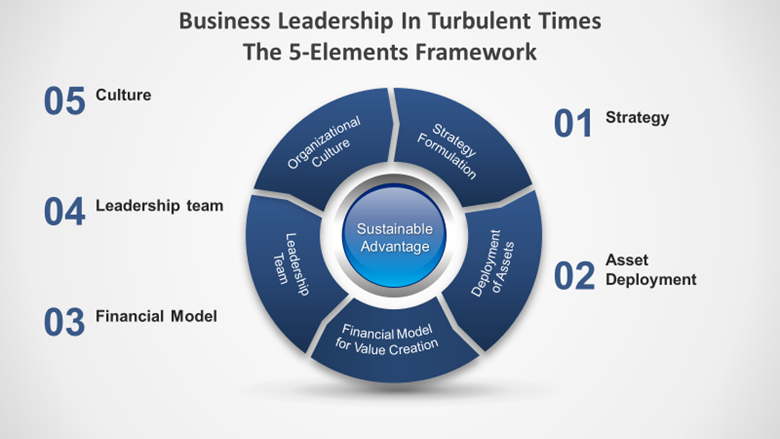About the Book
This book is intended to help leaders navigate the differences, the polarities, and sometimes the contradictions between the theory of how things are done and the practicality of what must be done, the what and the how. Business leaders today are even more challenged in delivering profits and value as societal changes, new trends in globalization, impact investing, and shifting expectations from the role of Boards all contribute towards a turbulent environment in decision making. We develop a framework and a methodology within which leaders can think about changes in the business environment, opposing forces, and contradictions that weigh on their shoulders as they move forward.

Book Preview
This book is intended to help leaders navigate the differences, the polarities, and sometimes the contradictions between the theory of how things are done and the practicality of what must be done, the what and the how. Business leaders today are even more challenged in delivering profits and value as societal changes, new trends in globalization, impact investing, and shifting expectations from the role of Boards all contribute towards a turbulent environment in decision making. We develop a framework and a methodology within which leaders can think about changes in the business environment, opposing forces, and contradictions that weigh on their shoulders as they move forward.
Our methodology advances the notion that business success leading to value creation is based on five fundamental drivers: (a) a strategy which identifies the company’s competitive position in its industry; (b) an asset deployment plan that helps build capabilities and competitive advantages; (c) a financial model, which includes a capital allocation plan and an operating budget along with benchmarks; (d) a leadership team that drives execution; and (e) a culture which includes compensation and measurement systems. While these drivers independently are well understood as key components to a plan, the management of the process is the catalyst for value creation. All these drivers are interdependent; however, they should be considered in an integrated way. Conventional wisdom and theory suggest that strategy is the singular element that will define the success of a business. We believe the contradiction is that, in practice, strategy is one important facet, but not the singular determinant for success. While strategy provides a roadmap, it remains an aspirational plan unless it is supported by strong leadership, a robust asset deployment program, a financial model that aligns investments with profits, and an inspiring culture focused on executing the strategy. All these considerations taken together represent concepts that deliver a powerful perspective and offer implementable methodology in managing a company. It is a new paradigm based on the idea that two possible contradictory views, the theory and practice, can provide answers to adopt to unique circumstances. While it is intuitive to think about the paradigm for companies with cash flows and profitability, the paradigm is equally applicable for non-profits where the key drivers such as assets, a financial model, leadership, and culture are present.
Each chapter presents a synopsis of key theoretical views with emphasis on “what we know” about strategy, asset deployment, leadership, and culture. Many years of research on these subjects and teaching students in management and business programs provided the basis for the key components of theory and of “what we know.” The theory is then contrasted or assessed relative to “how we do things” and “how things must be done” in the context of a complex organization with exposure to an ever changing and often turbulent environment.
The presentation of “how we do things” draws on a long experience from practice when leading organizations, regardless if they are large multinational NYSE-traded firms, or a small non-for-profit educational institution of higher learning. Both theory and practice while seem providing different recommendation and often contradictory views, they represent approaches within which leaders navigate the difficulties and challenges in decision making.
Table of Contents
Preface: Theory and Practice: Polarities and Contractions
Chapter 1: Decision-Making for Value Creation: A New Paradigm
Chapter 2: Strategy: An Aspirational Road Map
Chapter 3: Asset Deployment: Building Capabilities and Competitive Advantage
Chapter 4: Financial Model for Value Creation
Chapter 5: Leadership
Chapter 6: The Role of Organized Culture
Chapter 7: Corporate Governance and the Role of the Board of Directors
Chapter 8: Execution and Strategy Implementation
Chapter 9: Globalization 2:0
Chapter 10: Leadership in Turbulent Times
Appendix: The 2020 Global Pandemic Crisis


